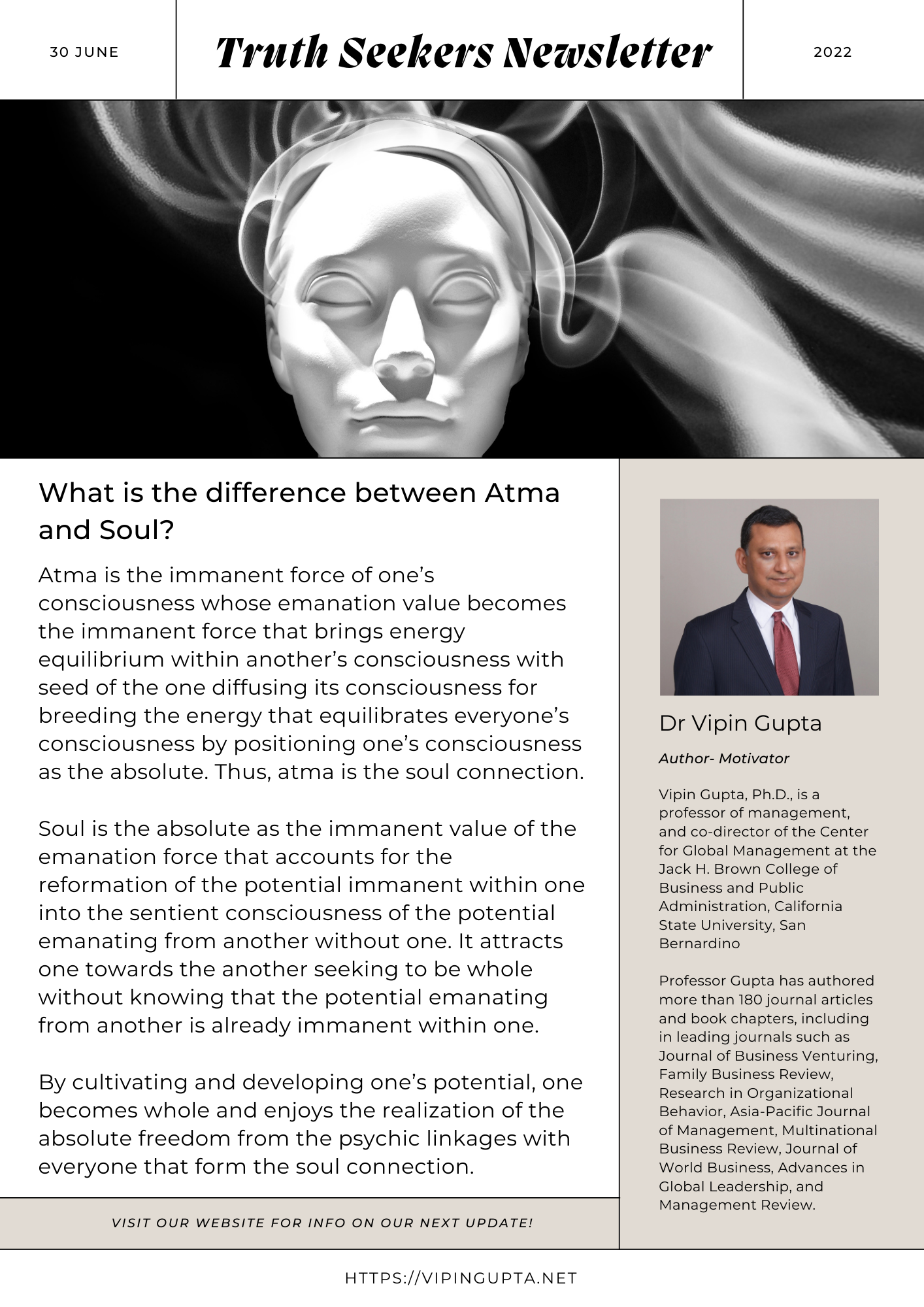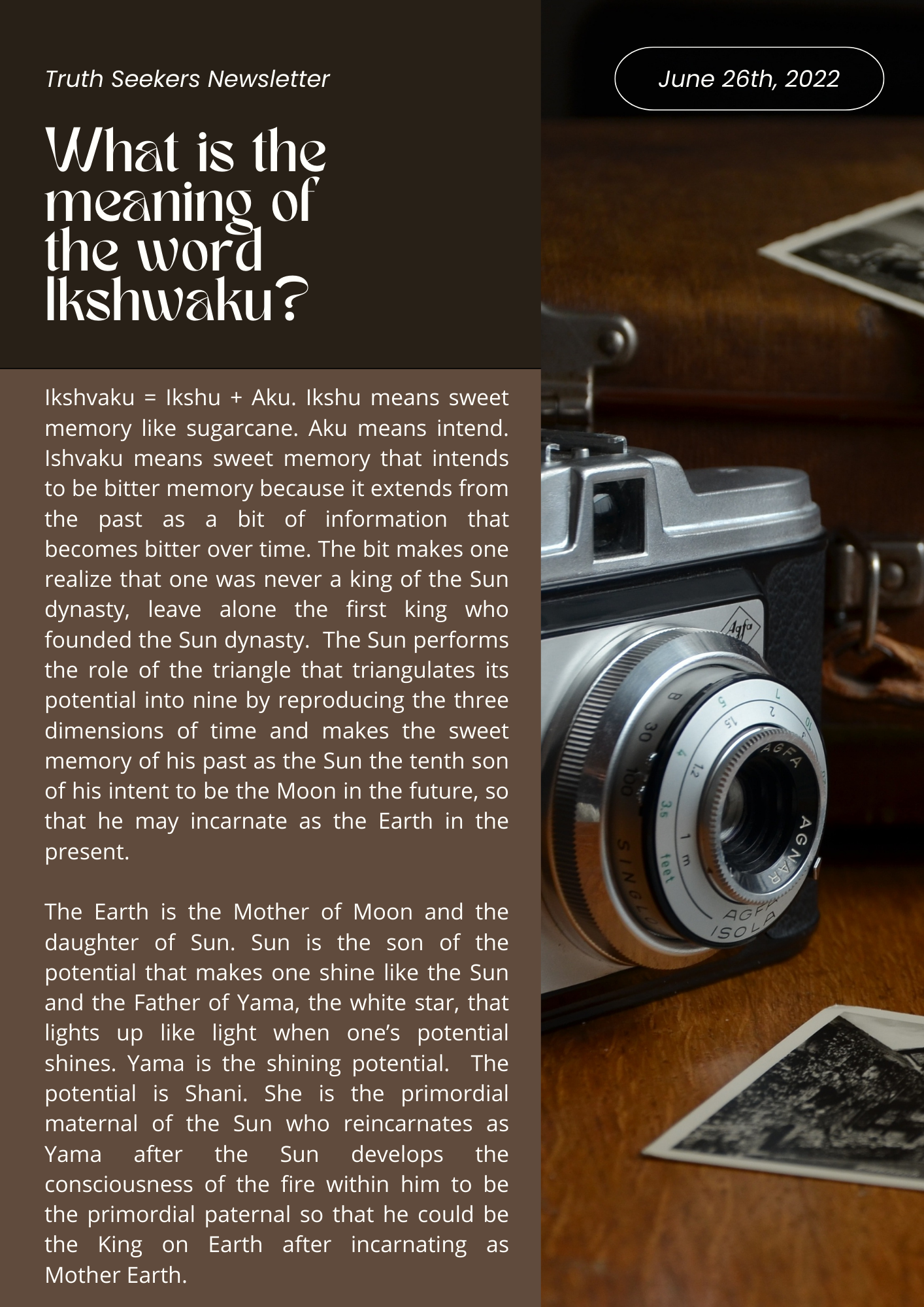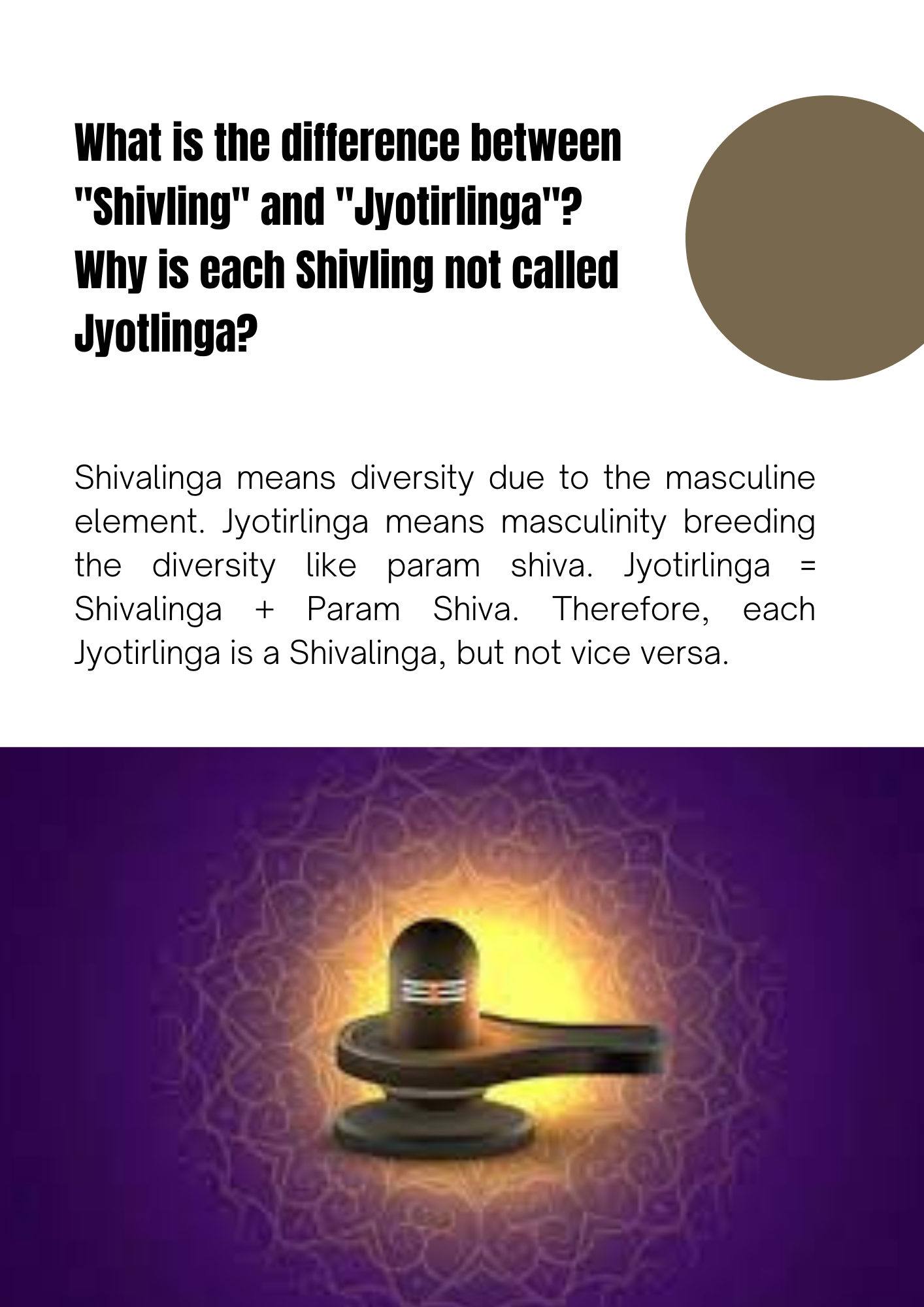First of all, one has to understand why Buddhism opposed the Sanatana dharma and why the Buddhists
were able to win the shastrath to convert the Sanatanis into the Buddhists for rapid growth of Buddhism
in India until the eighth century AD.
Sanatana dharma is the ageless dimension, emphasizing the infinite social benefit of the imagination of
an original reality of a transcendental element beyond oneself and manifestation of that in the physical
realm. Transcendental element implies dvaita, i.e., dualism of the transcendental (para) beyond oneself
and oneself as the latter (apara) manifested by the former (parapara) within the transcendental. The
implication is that the former is superior and the latter is inferior, because the latter is dependent on the
former.
Buddhist scholars exploited this consciousness void of the sanatanis to make them accept that they are
inferior and need a guru of gurus (sarvashaktiman) for realizing the “freedom from the present-effect”
(Moksha). Why? Because the present-effect includes the absolute consciousness of the inferiority of
the creation and the superiority of the creator beyond their direct experience.
In Sanatana dharma, one becomes ageless with one’s direct experience that allows one to be a guru,
whose wisdom becomes reproductive within those who lack the power to enjoy the same direct
experience and are therefore mortals.
Buddhists contended (rightly) that Gautama Buddha is a guru of guru, but ignored the fact that there are
many guru of gurus (such as Prophet Mohammad, Jesus Christ, Sadashiva, and Kesari Nandan).
Adi Shankaracharya recognized the limitation of the Sanatana dharma and the fact that the Indian
wisdom is more than Sanatana dharma. Sanatana dharma is only one of the many dimensions of the
Indian wisdom. He recognized that the Indian wisdom recognizes the potential of each person to be a
creator, with his or her uniqueness force, since each of us has gifted potentialities that makes us unique
and allow us to create the reality we wish. A guru of gurus becomes aware of the future-effect of our
potential creation as a creator only after we have created something as a creature and made our
uniqueness a “known reality”.
As creators (advaita), we are all at the same level, there is no class differentiation, and there is no
inferiority or superiority—there is just unity within the diversity due to the total absence of class
differentiation. Thus, there is no need to go and surrender to a guru of guru, since the present itself is
the guru of guru that makes the known reality known to anyone attuned to the vibrations of the time.
As such, without opposition, all Buddhists in India lost the Shastrath when Adi Shakaracharya was in his
teens and in his twenties. Buddhism became a part of Hinduism, instead of dominating the Hinduism
through its exploitation of the limitations of the Sanatana dharma.







 Dr. Gupta traces the journey of a cell, its origins in an atom, its transformation into energy, and how energy norms the potential of divinity within each person.
Dr. Gupta traces the journey of a cell, its origins in an atom, its transformation into energy, and how energy norms the potential of divinity within each person.